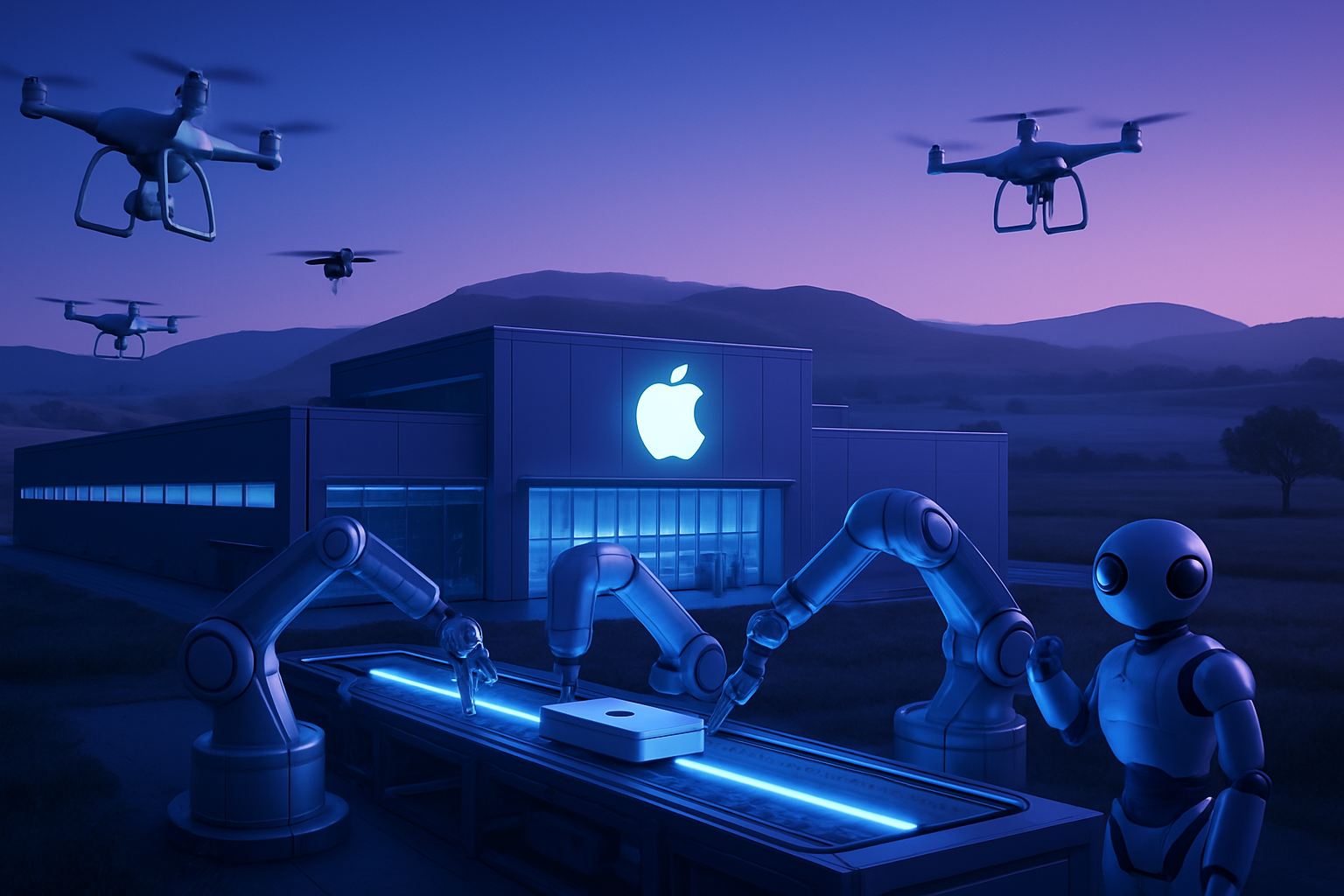Ant Group marks its territory with an artificial intelligence model integrating a trillion parameters. This innovation emerges within a technology sector where competition is intensifying and reasoning capabilities are paramount. The simultaneous launch of the Ling-1T model and the dInfer inference framework illustrates a bold strategic approach aimed at revolutionizing the AI landscape. Advanced technologies and algorithmic efficiency form the pillars of this initiative. Such progress ignites debates on the viability of new paradigms in artificial intelligence.
A revolutionary artificial intelligence model
Ant Group recently unveiled a monumental artificial intelligence model, named Ling-1T. This trillion-parameter model positions itself as a major turning point in the field of AI, combining advanced computational efficiency with sophisticated reasoning capabilities. This launch, announced on October 9, represents a significant advance for the Alipay operator, which is ramping up its efforts to build a resilient AI infrastructure.
Evaluated performances
Ling-1T demonstrates competitive performance on complex mathematical reasoning tasks. The model achieved an accuracy of 70.42% during evaluation on the benchmark of the American Invitational Mathematics Examination (AIME) 2025, a standard used to measure the problem-solving capabilities of AI systems. According to Ant Group’s technical specifications, Ling-1T maintains this performance with an average consumption of over 4,000 output tokens per problem, placing this model in competition with what the company refers to as “first-class AI models.”
A dual-launch strategy
The deployment of the trillion-parameter model is accompanied by the launch of dInfer, a specialized inference framework specifically designed for diffusion language models. This dual approach illustrates Ant Group’s willingness to bet on varied technological approaches rather than sticking to a single architectural paradigm.
Comparison with autoregressive models
Diffusion language models move away from the autoregressive systems that underpin many chatbots, such as ChatGPT. Unlike the latter, which generates text sequentially, diffusion models produce their results in parallel. This evolution, already widespread in image and video generation tools, remains less common in language processing.
dInfer performance metrics
The performance metrics of dInfer reveal significant efficiency gains. Tests conducted on Ant Group’s LLaDA-MoE diffusion model showed a yield of 1,011 tokens per second on the HumanEval coding benchmark, compared to only 91 tokens per second for Nvidia’s Fast-dLLM framework, and 294 for Alibaba’s Qwen-2.5-3B model operating on vLLM infrastructure. These results underscore Ant Group’s position in this rapidly expanding field.
A diversified approach to artificial intelligence systems
Ling-1T is not limited to language capabilities. It fits within a broader range of AI systems that Ant Group has recently established. The Ant Group collection now encompasses three main series: the Ling models, non-thinking, dedicated to standard language tasks; the Ring models, designed for complex reasoning, including the already published Ring-1T-preview model; and the Ming models, multimodal, capable of processing images, texts, audio, and videos.
Strategic positioning in the AI sector
Ant Group is strategically positioning itself in response to competitive dynamics in the AI sector in China. Export restrictions limiting access to advanced semiconductor technologies encourage Chinese tech companies to emphasize algorithmic innovation and software optimization as differentiators. Companies like ByteDance, parent company of TikTok, have also launched diffusion language models, signaling widespread interest in alternative paradigms that may offer efficiency advantages.
Open-source strategy
By making the trillion-parameter model and the dInfer inference framework publicly accessible, Ant Group adopts a collaborative development model, contrasting with the closed approaches of some competitors. This strategy could propel innovation while positioning Ant’s technologies as a fundamental infrastructure for the wider AI community. The company is also developing AWorld, a framework allowing continuous learning in autonomous AI agents, promoting systems capable of performing tasks independently for the benefit of users.
Ant Group’s combined efforts might establish this company as a leading force in the global development of AI. The validation of advanced performances and adoption by developers seeking alternatives to established platforms will play a crucial role in this objective. Open-source access to such innovative models certainly facilitates this process, fostering a community of users invested in the success of this unprecedented technology.
Recent developments in AI in China reflect a constantly evolving landscape, capable of welcoming new entrants ready to innovate on multiple dimensions simultaneously. Ant Group’s promising results will set benchmarks in this relentless race towards even more advanced artificial intelligence.
FAQ on Ant Group’s trillion-parameter artificial intelligence model
What is Ant Group’s Ling-1T model and what are its main features?
The Ling-1T model is an open-source language model with a trillion parameters launched by Ant Group, which aims to combine computational efficiency and advanced reasoning capabilities. It is designed to excel in complex mathematical reasoning tasks.
What is the performance accuracy of the Ling-1T model on reasoning tests?
The Ling-1T model achieved an accuracy of 70.42% on the benchmark of the American Invitational Mathematics Examination (AIME), demonstrating its strong problem-solving capabilities.
How does the Ling-1T model compare to other AI models on the market?
Ling-1T stands out for its performance while maintaining an average consumption of over 4,000 output tokens per problem, positioning it among world-class AI models in terms of result quality.
What innovations does Ant Group’s dInference (dInfer) platform bring?
dInfer is a specialized inference framework for diffusion language models, allowing for parallel text generation, unlike traditional autoregressive systems. This promises increased efficiency in language processing.
Why did Ant Group opt for a parallel launch of Ling-1T and dInfer?
This strategic launch underscores Ant Group’s commitment to a multiple technological approach, maximizing opportunities for innovation and development in the AI sector.
What other AI models is Ant Group developing besides Ling-1T?
Ant Group is developing a variety of models, including non-thinking language models for standard tasks, complex reasoning models like Ring, and multimodal models called Ming that can process various forms of data.
How does Ant Group’s open-source strategy influence the AI community?
By making Ling-1T and dInfer open-source, Ant Group fosters collaboration within the AI community, facilitating collective innovation and positioning its technologies as a fundamental infrastructure for AI development.
What advantages can developers gain from using Ling-1T?
Developers can leverage the complexity and efficiency of the Ling-1T model to create innovative applications that require advanced understanding and natural language processing capabilities.
What are the implications of the release of Ling-1T and dInfer on the AI landscape in China?
The release of these models reflects a strategic dynamic in response to access restrictions on semiconductor technology, pushing Chinese tech companies to focus on algorithmic innovation and software optimization.






